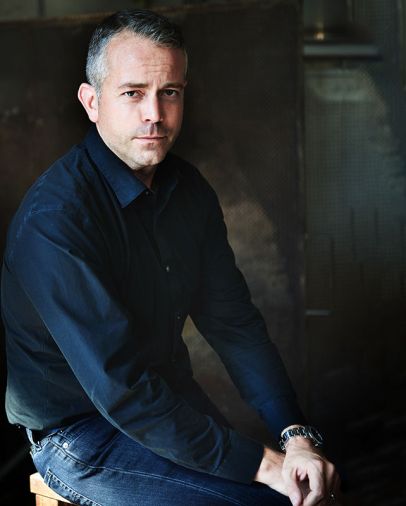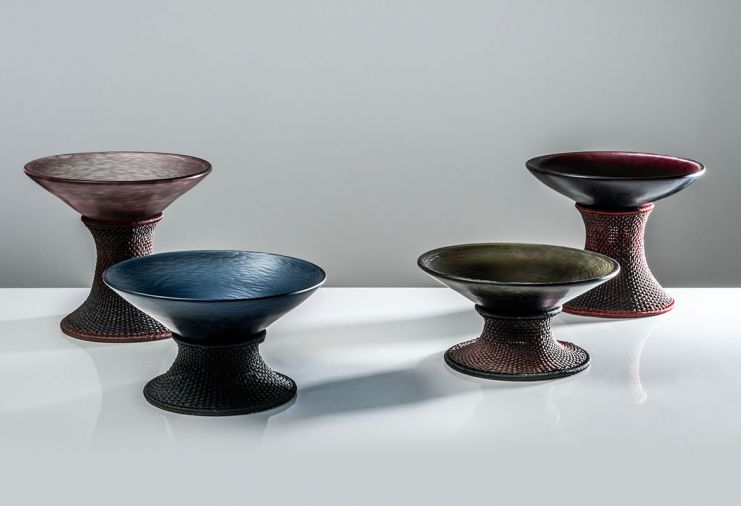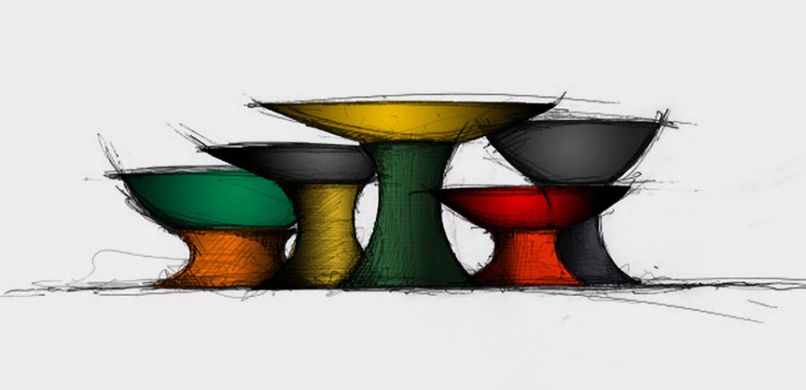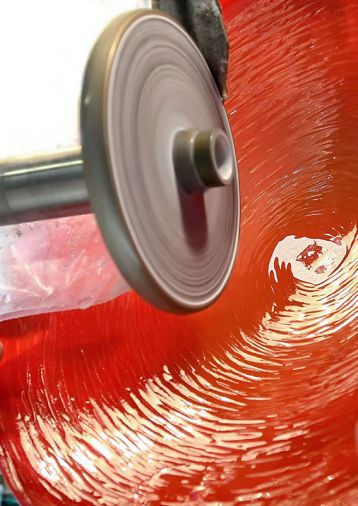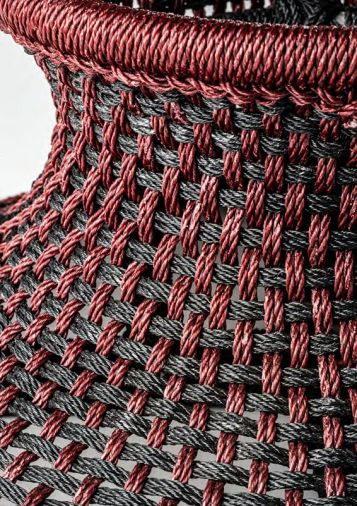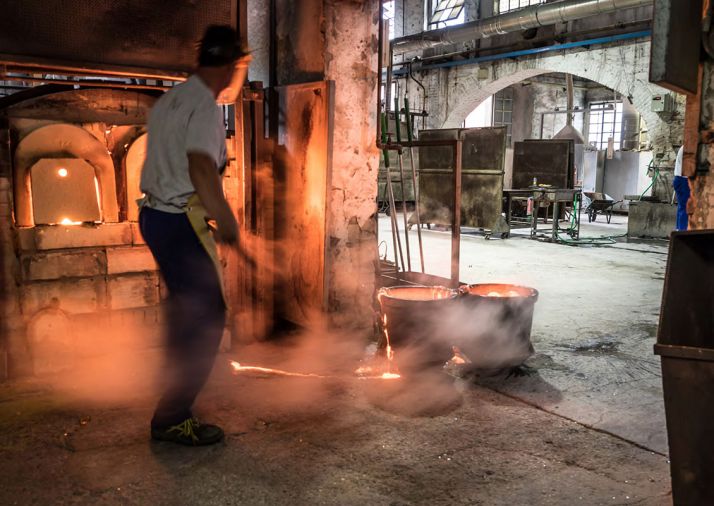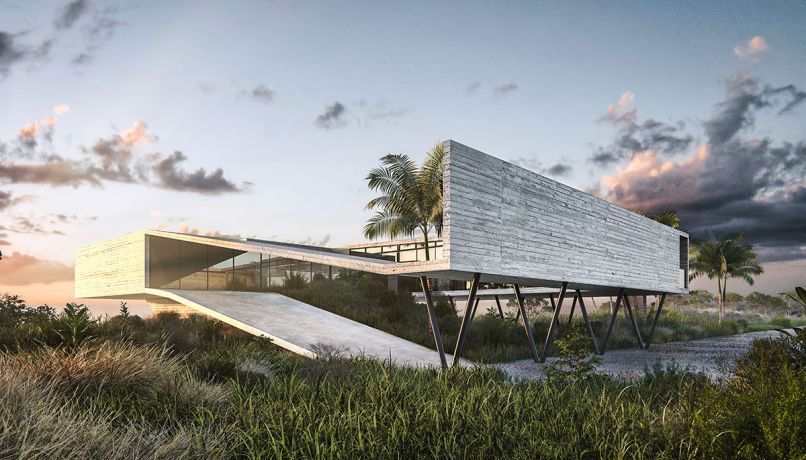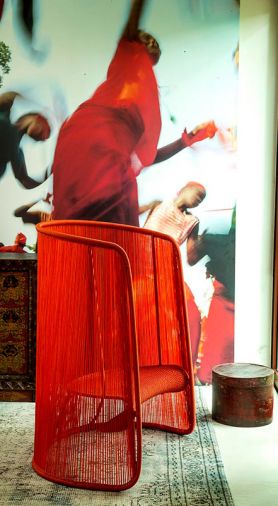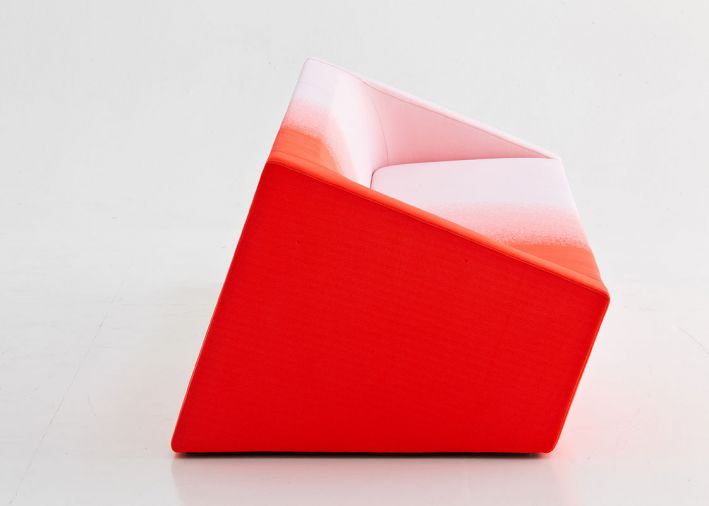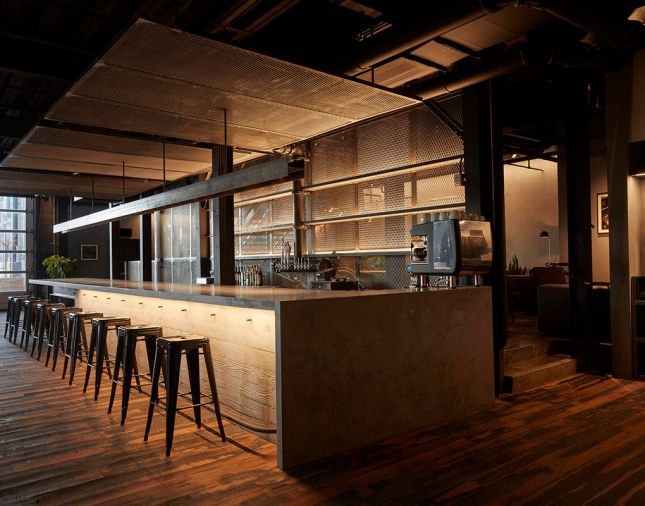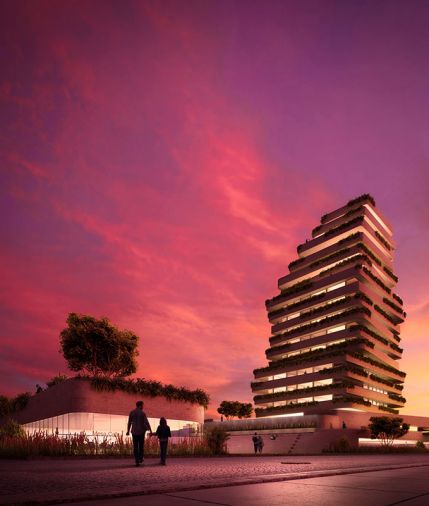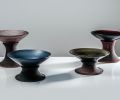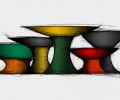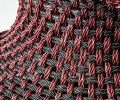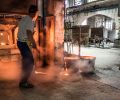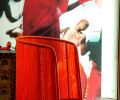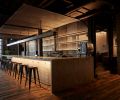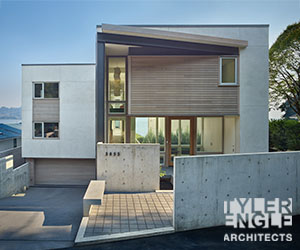After garnering a Masters in Architecture, with honors, from Parson School of Design in New York, and a bevy of architectural awards for his work, Thorpe founded Marc Thorpe Design in 2010 in New York City, with the intent of broadening the scope of his design work to embrace not only his clients, but also a global artistic community working together to create innovative avenues that nurture the design process.
Marc Thorpe, guest speaker at the Diva Group in Seattle this October, will present his Unity line of Venini glass from Murano, Italy, an extraordinary melding of cultures and countries from Italy to Senegal.
Available at www.divafurnitureseattle.com
You’ve designed for several leading international brands. What were some of your early successes or most memorable projects at Marc Thorpe Design?
Thorpe — My first project in my late 20s, prior to forming MTD, was working together with Jerry Helling, Creative Director and CEO of Bernhardt Design, on a few pieces. He exhibited my work in Italy, where I began to explore other companies such as Moroso, Cappellini and Casamania, with which I began to collaborate. Working in Europe with Patrizia Moroso, the legendary creative director of the avant garde brand Moroso, took me a lot of places. We started with the Mark table, which was very important for me to be presented in such an arena and helped to establish my name as an American internationally. We also developed the Blur textile and sofa, Morning Glory table and the Husk collection which includes the M’Afrique outdoor collection produced in Senegal, West Africa.
You received your master’s degree in architecture from Parsons School of Design and completed undergraduate studies in graphic and industrial design. How have you integrated this multidisciplinary approach to your design?
Thorpe — The way I look at everything is that architecture is important in understanding scale, proportion and how things are put together. You shift that scale to product or furniture design, using your skillsets. For instance, being an architect has some relationship to senses, tactility, and is sensory driven. Furniture and product design should be created the same way, by engaging the senses. It’s a work of architecture on a smaller scale, yet different from traditional furniture design. I’m not interested in designing just anything; I’m very program- driven – with a solid concept, and serious programming, since there’s a certain degree of expression that needs to be communicated.
Your recent Unity collaboration with Venini merges Senegalese weaving and Murano Glass. Where did you draw inspiration from when creating the collection?
Thorpe — It had been my dream to work with Venini, who has a small network of designers in the Veneto region, including Luca Nichetto, who had worked with Venini and all the Murano glass furnaces as a designer. Luca became a close friend and mentor who later introduced me to the creative director at Venini. This lead to a conversation about producing a collaboration between Senegal and Murano. The concept of Unity, cultural exchange and cultural edifice allowed this project to manifest on its own. My being an American working in Italy who became an ambassador to Senegal to create a culturally rich artifact was born out of the collaboration of producing the woven African headrests base in Senegal and the blown glass tops in Murano.
You have a family connection with Venini. How do you feel your early upbringing informed your design career?
Thorpe — My mother’s side is Italian. My grandmother was one of the first Veninis born in North America. There were a lot of small glass pieces in my home growing up that I was told were a part of our family, but as a kid, I didn’t understand what that meant. Eventually, I learned there was a company in Venice that produces glass: Cappellin Venini. Co-founder Paolo Venini (1895-1959), a former Milanese lawyer, is a great uncle. As I got older, aside from my father who’s a graphic designer, some of my first professors were all Italian. By 15, my greatest desire was to travel to and study in Italy. I spent years studying with Italians, working in Italy, always having relationship with Venice and Milano, gravitating towards Venice and Murano.
In past collaborations, you’ve talked about how you’ve enjoyed seeing craftsmen from different backgrounds and cultures come together to create a project. What has been most inspiring about this collaboration, especially considering this is the first time Venini has worked with African craftsmen?
Thorpe — Originally, the idea arose out of traveling to Africa where there are a lot of cultural artifacts. The African headrest, which is basically a pillow made of wood, is a unique humanistic form with a direct relationship to the body. The headrest is such a beautiful form that we decided to start with that. The framework is phase one of the process, which is hand welded with metal. You bend the rod, weld and cut it, and then manipulate it as you figure out the architecture. Next, the hand weaving is done using intricate, specialized techniques, since you must pull the threads just right to create the perfect curve and form, using a lot of trial and error. Thus, the base is produced in Dakar and Senegal, and the handblown top pieces in Murano. Finally, they nest together and complement each other. There is also a dialogue between both places at the same time. In Murano, certain tones for the glass are considered as possible in terms of synching up with the weaving in Senegal with a back and forth to find the right balance. We wanted the pieces to feel as though they were designed a long time ago, as done by Carlos Scarpa, who Paolo Venini hired in 1932, as an artistic consultant, who resurrected techniques reaching back to France in the late 1800s, including such techniques as Battuto or hand carving that resembles beaten metal, a signature element we, too, wanted to bring back. Our goal was to create the perfect balance of timeless and datelessness for these pieces.
What kinds of things do you make a note of during your travels to keep you inspired?
Thorpe — Architecture is a big part of it. History of places is another. The food and people. Anthony Bourdain was able to get the best out of people from immersing himself in their environment and being inspired by everything that’s culturally related to that particular place.
How would you describe your aesthetic?
Thorpe — I’m a minimalist at heart for sure. I’ve had to say I’m a punk rock minimalist. Sex Pistols meets Brian Eno. Complete clash. That’s the beauty of it - some kind of balance between the two.
What’s next for Marc Thorpe Design?
Thorpe — We’ve been predominantly working in architecture, cultivating a relationship with architecture by doing more built work, sustainability and ecology. We want to create buildings that offer themselves up as a system - like harvesting water - buildings that have a degree of performance rather than just a place for general shelter. We’re doing more thinking about ethics, what these buildings are and how they are performing and the impact they can have on the planet and its people. That’s where I’d like to take it. Of course, we can’t do it all the time. I’m also looking forward to coming to Seattle for the first time, exploring the city, getting into it.
For more information visit: www.divafurnitureseattle.com

